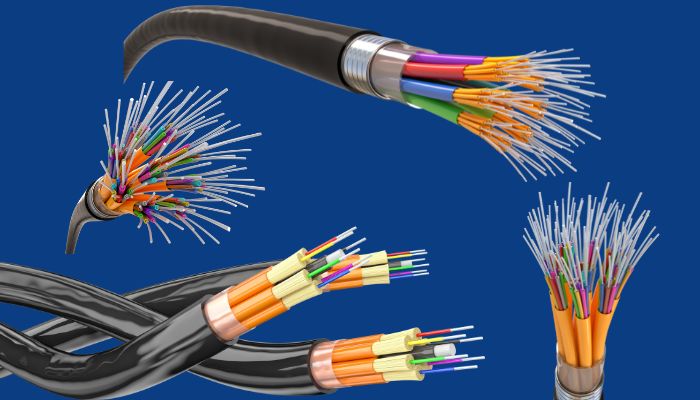Google has launched Umoja, an ambitious fibre optic cable project connecting Africa directly with Australia for the first time.
This groundbreaking initiative is expected to significantly enhance Africa’s digital infrastructure and foster economic growth through reliable internet access.
The Umoja Cable Route
The Umoja cable, anchored in Kenya, will traverse Uganda, Rwanda, the Democratic Republic of the Congo, Zambia, Zimbabwe, South Africa, and the Google Cloud region.
Read also: Nigeria takes steps to end fibre lines damage
It will then span the Indian Ocean to reach Australia. This extensive terrestrial path, meticulously designed in collaboration with Liquid Technologies, a leading digital infrastructure provider, aims to create a highly scalable network. The access points along this route will enable other African nations to leverage cutting-edge connectivity.
Derived from the Swahili word for “unity,” Umoja represents a significant stride towards enhancing Africa’s digital infrastructure resilience and fostering economic opportunities. Alongside the previously announced Equiano cable, Umoja is part of the broader Africa Connect initiative, a strategic effort to empower African countries with robust digital connections both within the continent and globally.
The U.S. Ambassador to Kenya, Meg Whitman, commenting on the Umoja launch, said: “Access to the latest technology, supported by reliable and resilient digital infrastructure, is critical to growing economic opportunity. This is a meaningful moment for Kenya’s digital transformation journey, and the benefits of today’s announcement will cascade across the region.”
Kenyan President William Ruto praised Google’s investment in digital connectivity as a “historic milestone” that will significantly enhance the region’s digital infrastructure. He highlighted the initiative’s role in ensuring redundancy, resilience, and increased digital inclusion, which will pave the way for innovation and economic opportunities.
“I am delighted to welcome Google’s investment in digital connectivity, marking a historic milestone for Kenya, Africa, and Australia,” President Ruto said. “The new intercontinental fibre optic route will significantly enhance our global and regional digital infrastructure. By strengthening our digital backbone, we are improving reliability and paving the way for increased digital inclusion, innovation, and economic opportunities for our people and businesses.”
Strive Masiyiwa, Chairman and founder of Liquid Technologies, emphasised the transformative impact of Umoja, noting that major African cities will no longer be “hard-to-reach endpoints remote from the coastal landing sites.” Instead, they will become stations on a “data superhighway” capable of carrying vast traffic, bridging the digital divide.
Collaborative Efforts and Future Prospects
Beyond announcing the infrastructure, Google has signed a Statement of Collaboration with Kenya’s Ministry of Information Communications and The Digital Economy. This collaboration aims to accelerate joint efforts in cybersecurity, data-driven innovation, digital upskilling, and the responsible deployment of AI for societal benefits.
Read also: Google search now shows AI summaries
As part of this collaboration, Google Cloud and Kenya are exploring ways to strengthen the country’s cybersecurity posture. The Department of Immigration & Citizen Services is evaluating Google Cloud’s CyberShield solution and Mandiant expertise to fortify the defence of its eCitizen platform.
Google’s commitment to Africa’s digital transformation is underscored by its $1 billion investment pledge over five years, supporting various initiatives ranging from improved connectivity to startup investments. To date, Google has invested over $900 million in the region, with plans to fulfil its commitment by 2026.
With the Umoja cable set to unlock new frontiers of digital connectivity and economic growth, Google’s strategic partnership with African nations marks a significant step towards a more digitally unified and prosperous future for the continent.




